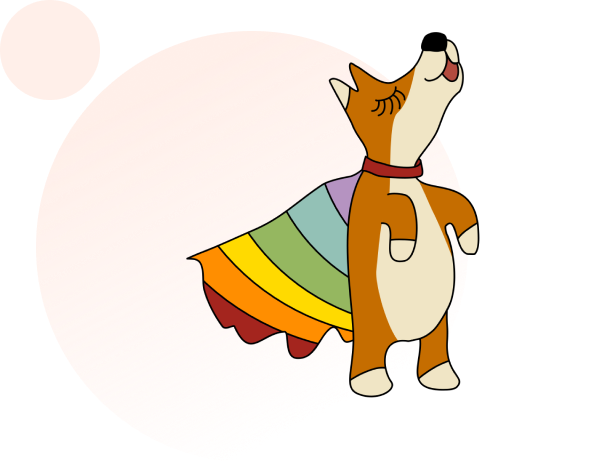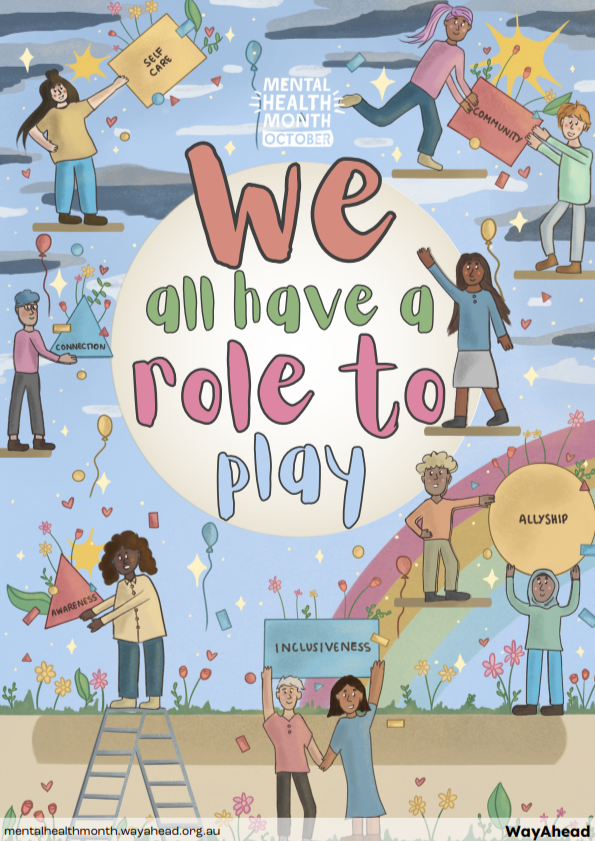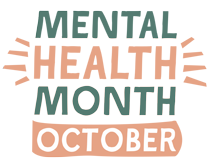
About Mental Health Month
Mental Health Month is celebrated each year in the month of October in NSW. This month encourages all of us to think about our mental health and wellbeing, regardless of whether we may have a lived experience of mental illness or not. It also gives us the opportunity to understand the importance of good mental health in our everyday lives and encourages help seeking behaviours when needed.
How We all Have a Role to Play was developed
Every three years a new theme for Mental Health Month is developed by WayAhead in collaboration with the community and other organisations.
WayAhead uses research to work out the underlying idea behind the theme, then works extensively with experts and the community to develop the final theme.
We work to ensure that the theme is based on research and evidence, and that it reflects the needs of communities and people.
Through ongoing engagement with our communities, we developed an evidence-based theme that can captivate an audience and build engagement in Mental Health Month.




